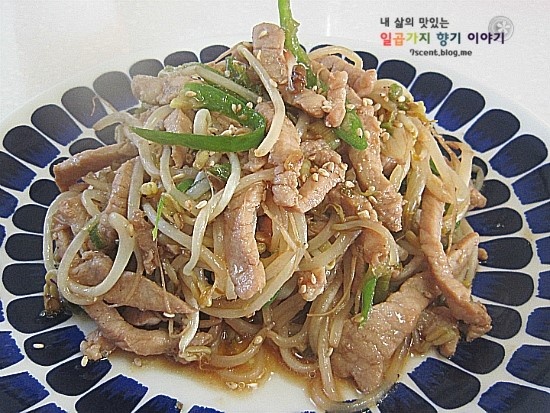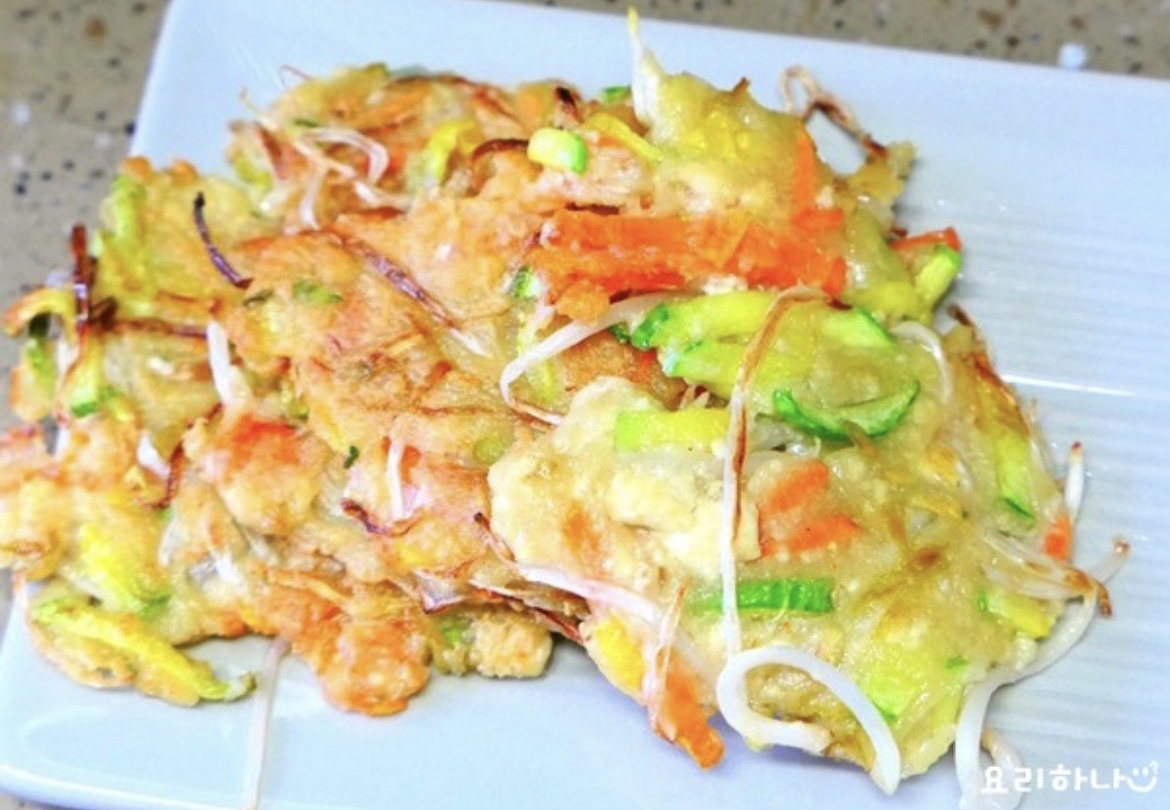서리태콩이 백태콩보다 좋은 이유 및 서리태콩으로 만든 두부의 장점
서리태콩은 검은콩의 일종으로, 껍질은 검은색이지만 속은 녹색을 띠어 '속청'이라고도 불립니다. 반면, 백태콩은 일반적으로 노란색 또는 흰색을 띠는 대두를 의미합니다. 이 두 가지 콩은 모두 영양가가 높지만, 서리태콩은 몇 가지 면에서 백태콩보다 우수한 특성을 지니고 있습니다.
서리태콩 (검은콩):

백태콩 (흰콩):
-
외관: 껍질과 속이 모두 노란색 또는 흰색을 띄고 있습니다.
-
특징: 주로 된장, 간장, 두부 등의 식품을 만드는 데 사용됩니다.

1. 단백질 함량
국립농업과학원의 연구에 따르면, 서리태콩의 단백질 함량은 100g당 43.1g으로, 백태콩의 40.8g보다 약간 높습니다. 이는 서리태콩이 단백질 공급원으로서 우수함을 나타냅니다.
2. 안토시아닌 함유량
서리태콩은 검은 껍질에 안토시아닌이라는 항산화 물질이 풍부하게 함유되어 있습니다. 안토시아닌은 항산화 작용을 통해 노화 방지, 항암 효과, 심혈관 질환 예방 등에 도움을 줍니다. 반면, 백태콩은 안토시아닌 함량이 상대적으로 적습니다.
3. 식이섬유 함량
서리태콩은 식이섬유 함량이 높아 소화 기능 개선과 변비 예방에 효과적입니다. 이는 장 건강을 유지하고 체중 관리에도 도움이 됩니다. 백태콩도 식이섬유를 함유하고 있지만, 서리태콩이 더 높은 함량을 보입니다.
4. 비타민 및 무기질 함량
서리태콩은 비타민 E, 칼슘, 철분 등의 무기질이 풍부하여 면역력 강화와 뼈 건강에 기여합니다. 특히 비타민 E는 강력한 항산화제로서 세포 손상을 방지하고 피부 건강을 촉진합니다. 백태콩도 이러한 영양소를 함유하고 있지만, 서리태콩이 더 높은 함량을 지니고 있습니다.
5. 맛과 식감
서리태콩은 특유의 고소한 맛과 쫄깃한 식감으로 다양한 요리에 활용됩니다. 특히 콩자반, 콩밥 등에 사용되며, 그 맛과 식감이 요리의 풍미를 더해줍니다. 백태콩은 부드럽고 담백한 맛으로 두부, 콩나물 등으로 주로 활용됩니다. 그러나 맛과 식감은 개인의 취향에 따라 다를 수 있습니다.
서리태콩으로 만든 두부의 우수성
서리태콩으로 만든 두부는 일반 백태콩 두부와 비교하여 다음과 같은 장점이 있습니다:
-
영양가 향상: 서리태콩의 높은 단백질 함량과 안토시아닌 등의 항산화 물질은 두부의 영양 가치를 높입니다. 이는 건강을 중시하는 소비자들에게 매력적인 요소입니다.
-
독특한 색상과 풍미: 서리태콩 두부는 검은색 또는 녹색을 띠며, 이는 요리에 시각적인 다양성을 제공합니다. 또한, 고소하고 진한 맛은 요리의 풍미를 한층 더해줍니다.
-
건강 기능성: 서리태콩의 안토시아닌과 식이섬유는 항산화 작용과 소화 기능 개선에 도움을 주어, 서리태콩 두부를 섭취함으로써 이러한 건강상의 이점을 얻을 수 있습니다.
결론
서리태콩은 단백질, 안토시아닌, 식이섬유 등의 영양소가 풍부하여 백태콩보다 건강에 유익한 면이 많습니다. 또한, 서리태콩으로 만든 두부는 독특한 색상과 풍미를 지니며, 영양가가 높아 소비자들에게 좋은 선택이 될 수 있습니다. 그러나 개인의 취향과 건강 상태에 따라 적절한 콩을 선택하여 섭취하는 것이 중요합니다.
마당초 서리태 순두부 구매하러 가기👇

서리태 검은콩 사러 가기👇

Seoritae beans, known as "green kernel black beans," are a type of black soybean characterized by their black exterior and green interior. In Korean, they are also referred to as "속청콩" (sokcheongkong), meaning green inside.
In contrast, Baektae beans are yellow or white soybeans commonly used in various culinary applications. Both beans are nutritionally rich, but Seoritae beans offer distinct advantages over Baektae beans.
1. Protein Content
Seoritae beans are an excellent source of protein, essential for muscle development and overall bodily functions. While both Seoritae and Baektae beans are rich in protein, Seoritae beans have a slightly higher protein content, making them a superior choice for those seeking plant-based protein sources.
2. Anthocyanin Content
The black skin of Seoritae beans is rich in anthocyanins, potent antioxidants that help combat oxidative stress, reduce inflammation, and may lower the risk of chronic diseases such as heart disease and cancer. Baektae beans lack this anthocyanin-rich black skin, resulting in lower antioxidant properties.
3. Dietary Fiber Content
Seoritae beans are high in dietary fiber, promoting healthy digestion, aiding in weight management, and helping regulate blood sugar levels. While Baektae beans also contain fiber, the higher fiber content in Seoritae beans offers additional digestive health benefits.
4. Vitamins and Minerals
Seoritae beans are abundant in essential vitamins and minerals, including vitamin K, iron, potassium, magnesium, copper, manganese, and riboflavin.
These nutrients support various bodily functions, such as bone health, oxygen transport, and energy production. Baektae beans also provide these nutrients but in varying amounts.
5. Taste and Texture
Seoritae beans have a unique nutty flavor and a firm texture, making them versatile in various dishes like rice, stews, and salads. Baektae beans have a milder taste and softer texture, commonly used in products like tofu and soy milk. The distinct taste and texture of Seoritae beans can enhance the culinary experience.
Advantages of Tofu Made from Seoritae Beans
Tofu produced from Seoritae beans offers several benefits over that made from Baektae beans:
-
Enhanced Nutritional Profile: The higher protein, anthocyanin, and dietary fiber content in Seoritae beans translate into tofu with superior nutritional benefits, supporting muscle health, providing antioxidant protection, and aiding digestion.
-
Unique Color and Flavor: Tofu made from Seoritae beans often exhibits a distinctive color due to the black skin and green interior, adding visual appeal to dishes. The nutty flavor of Seoritae tofu can also provide a richer taste compared to the more neutral flavor of Baektae tofu.
-
Health Benefits: The anthocyanins present in Seoritae tofu offer additional antioxidant properties, potentially reducing the risk of chronic diseases and promoting overall health.
Conclusion
Seoritae beans, with their higher protein content, rich anthocyanin levels, ample dietary fiber, and essential vitamins and minerals, present a more nutrient-dense option compared to Baektae beans. Tofu made from Seoritae beans not only offers these enhanced nutritional benefits but also provides a unique flavor and aesthetic appeal, making it a valuable addition to a health-conscious diet.























